Refund Guaranteed
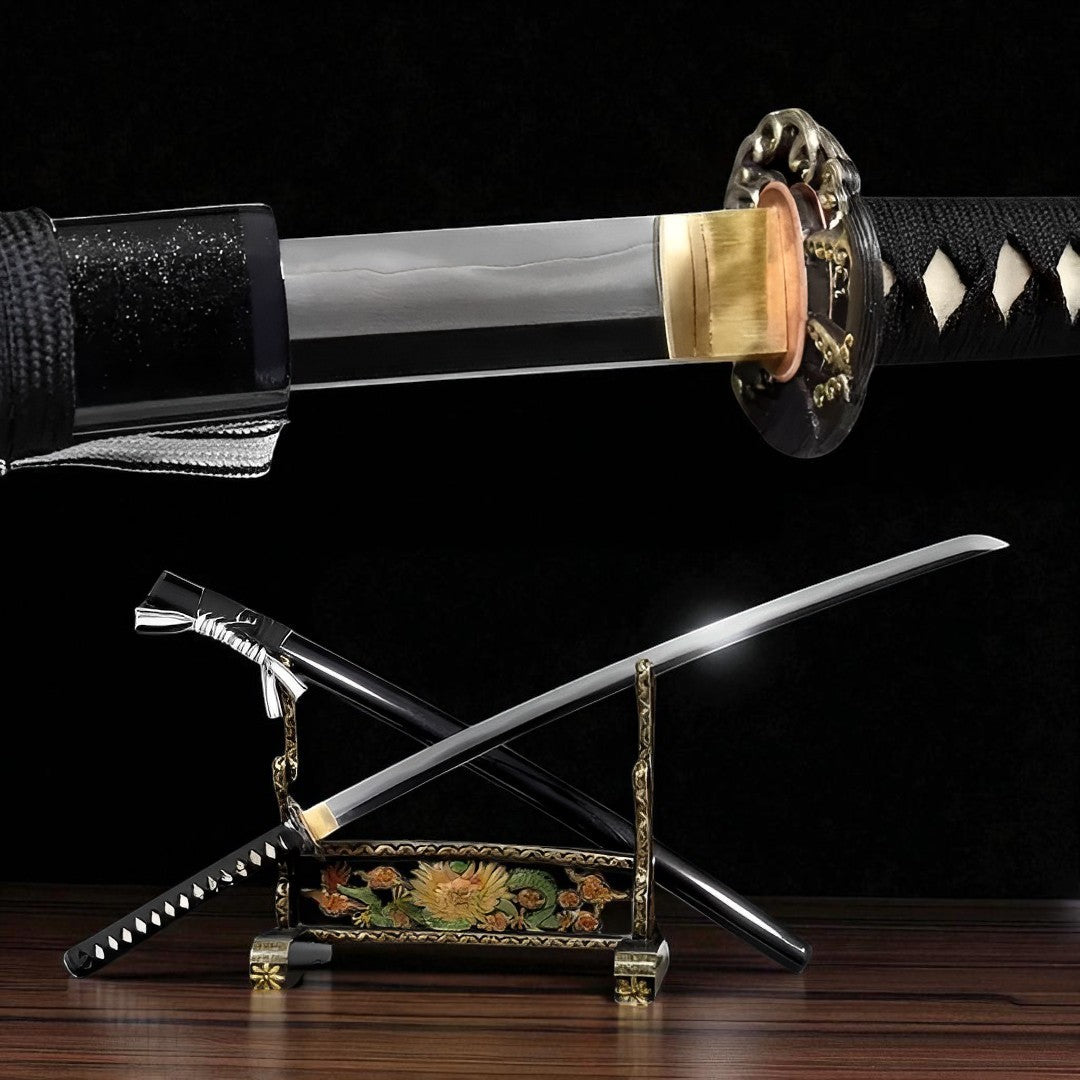
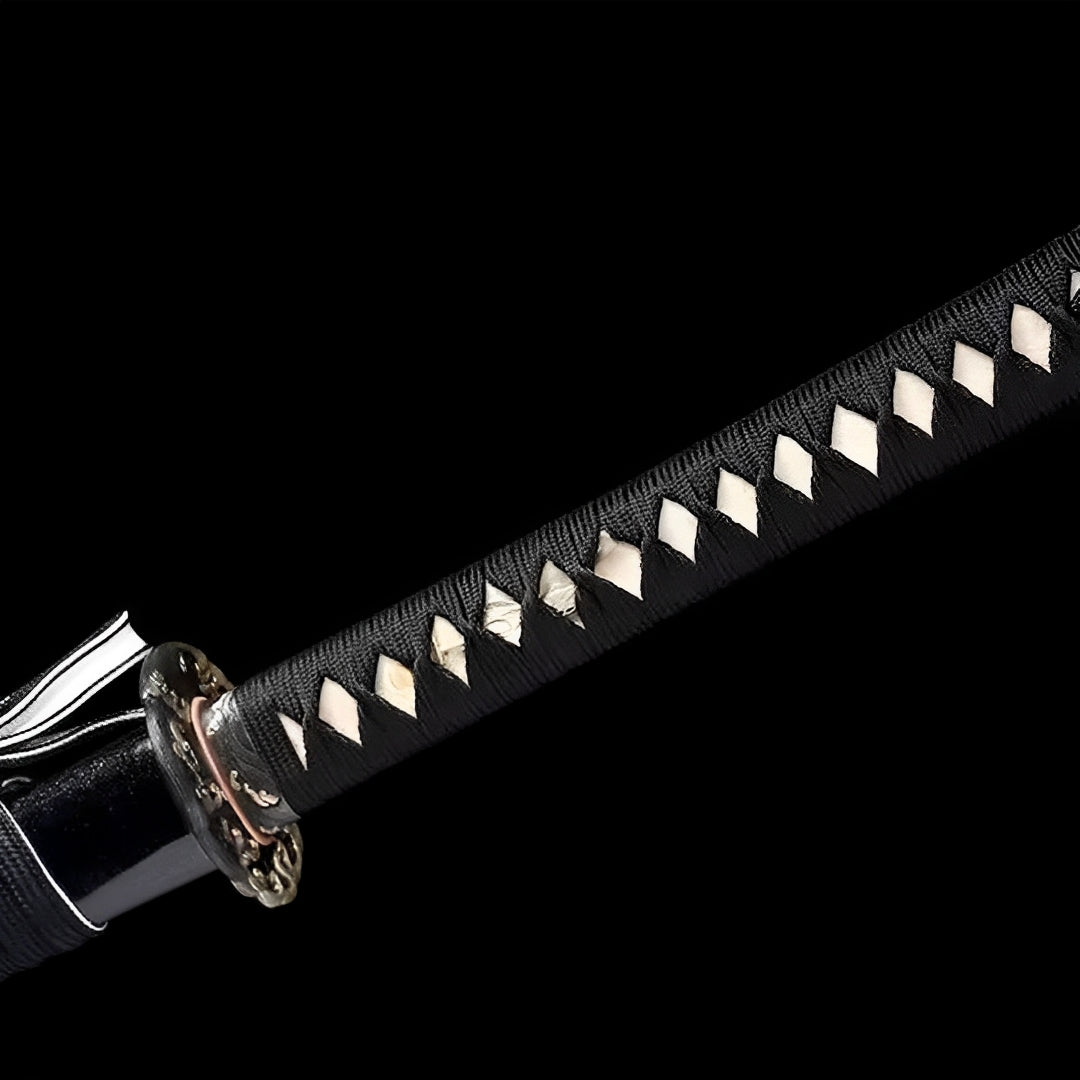
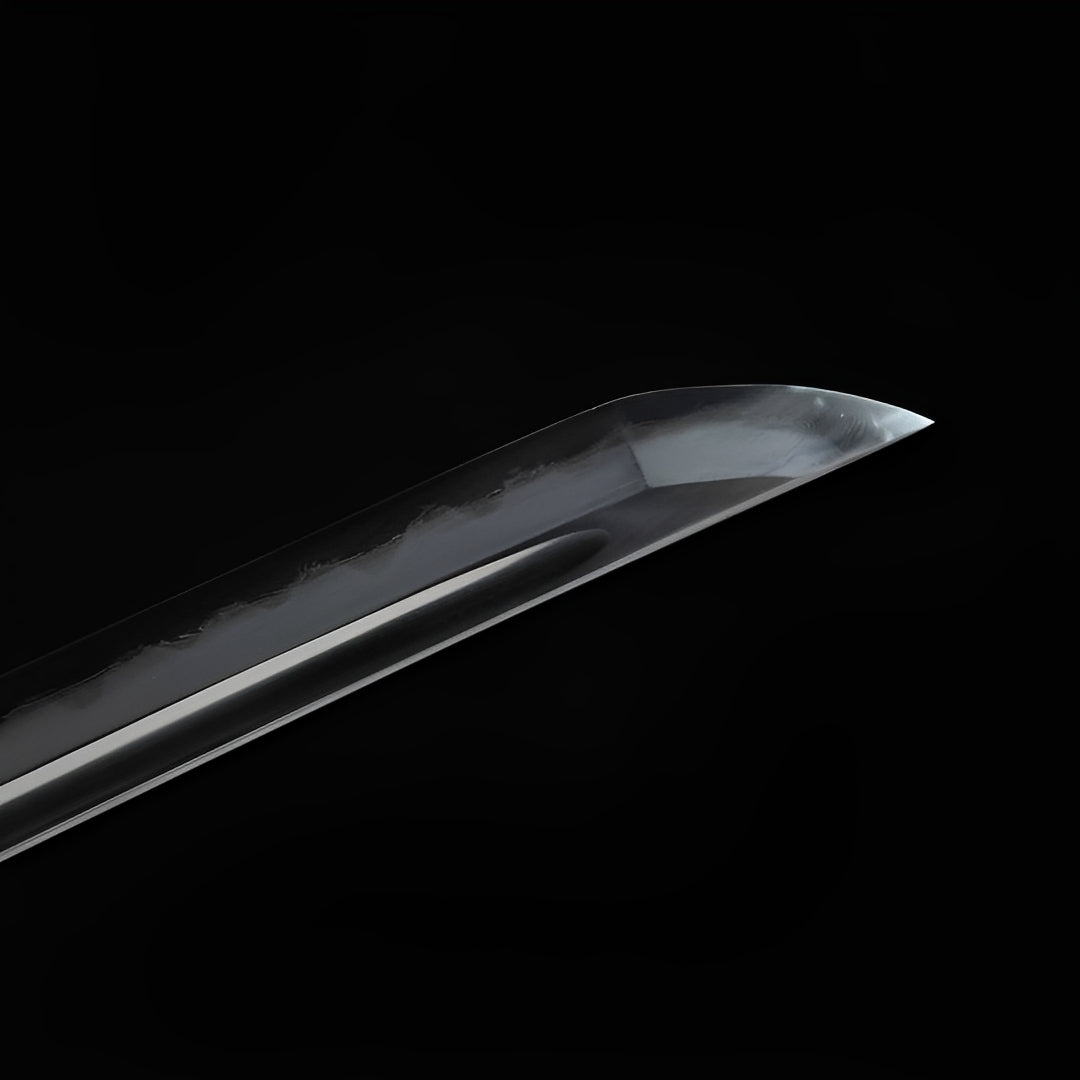
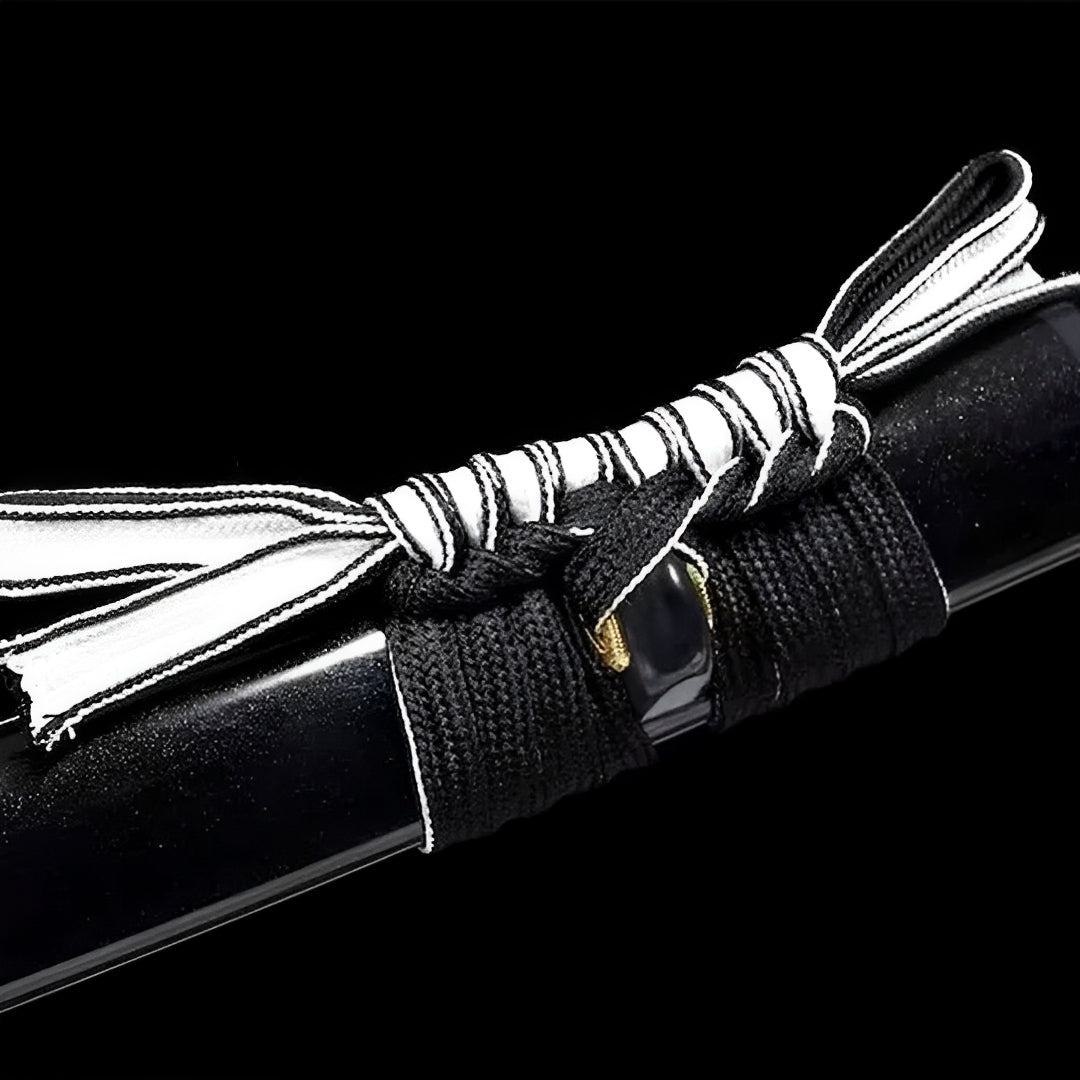
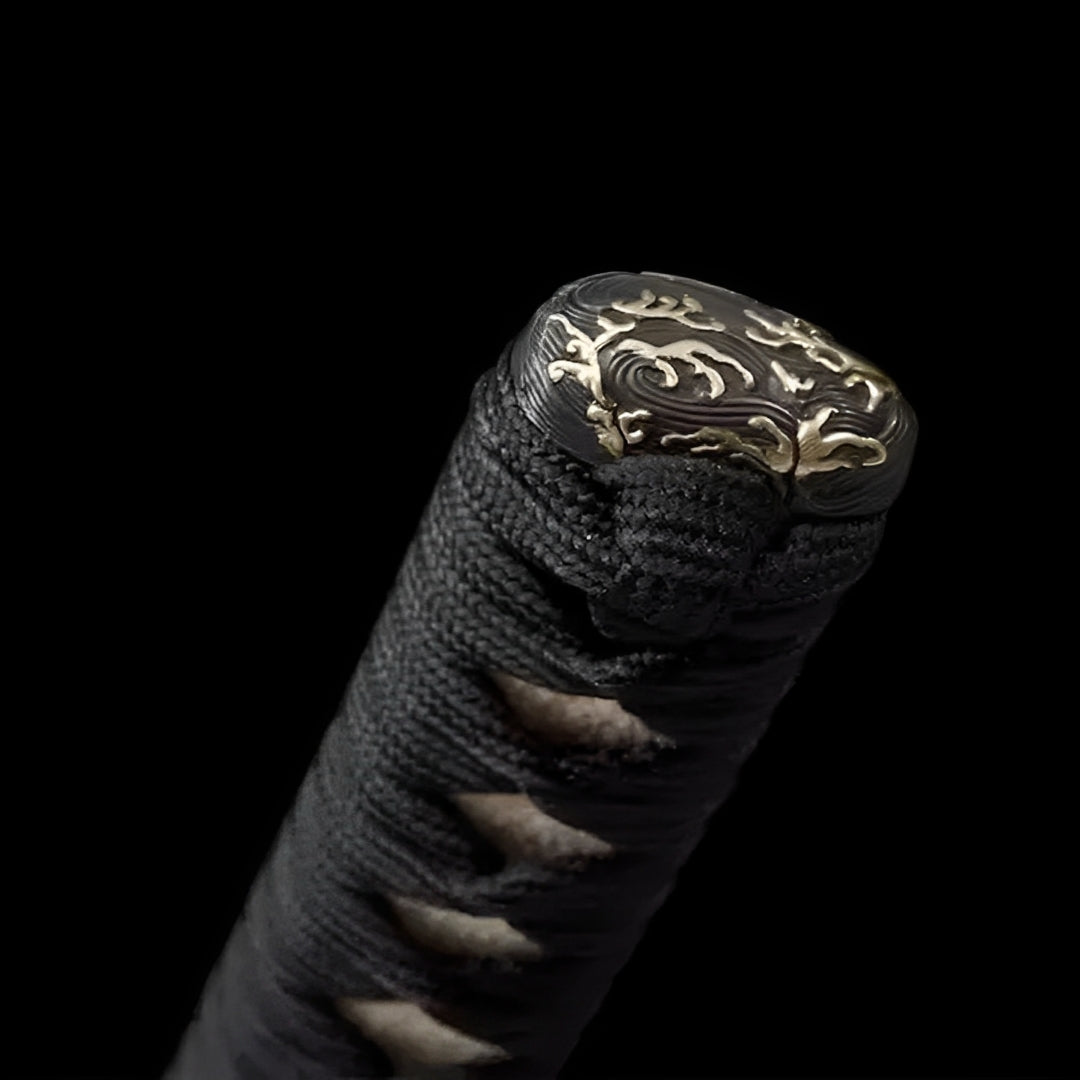
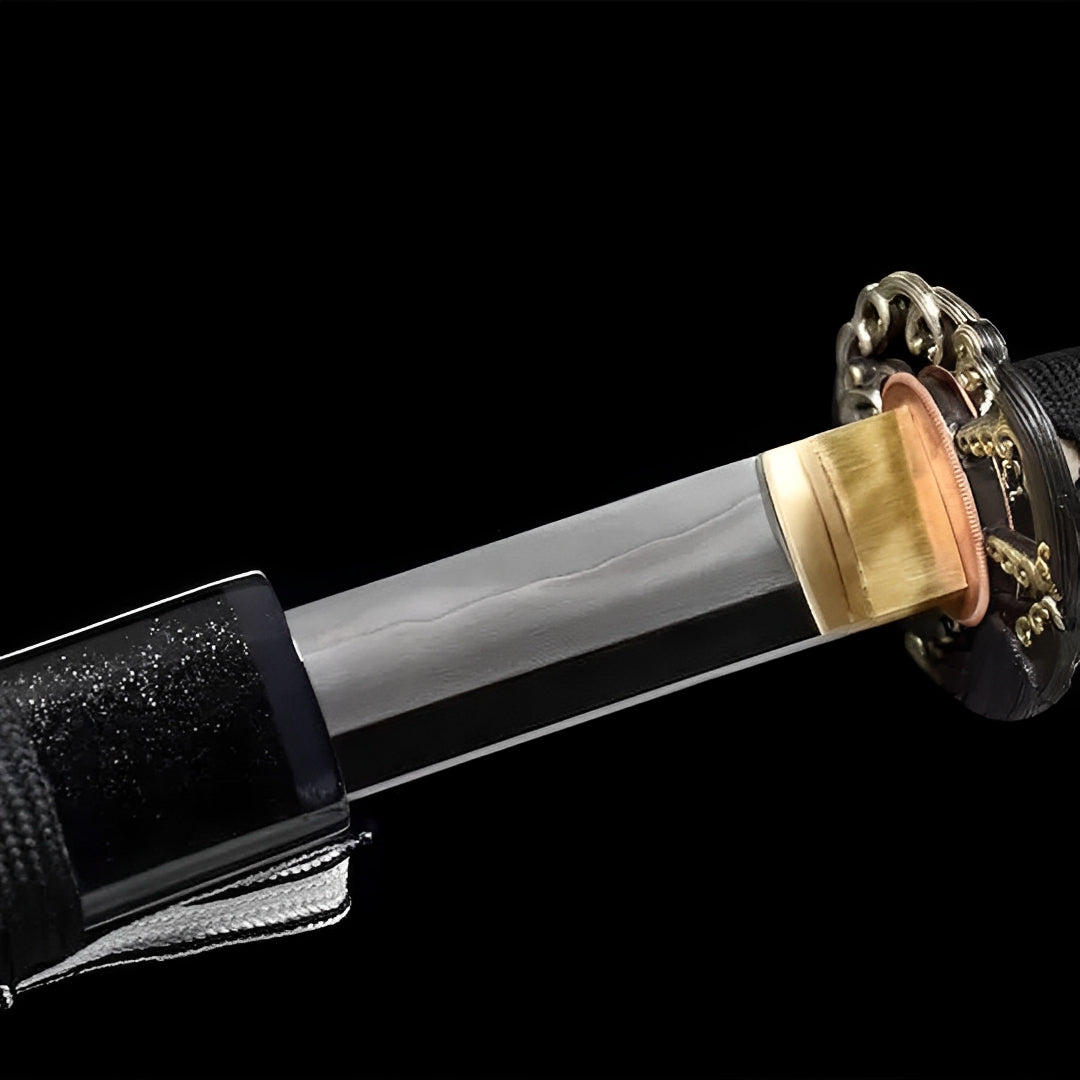
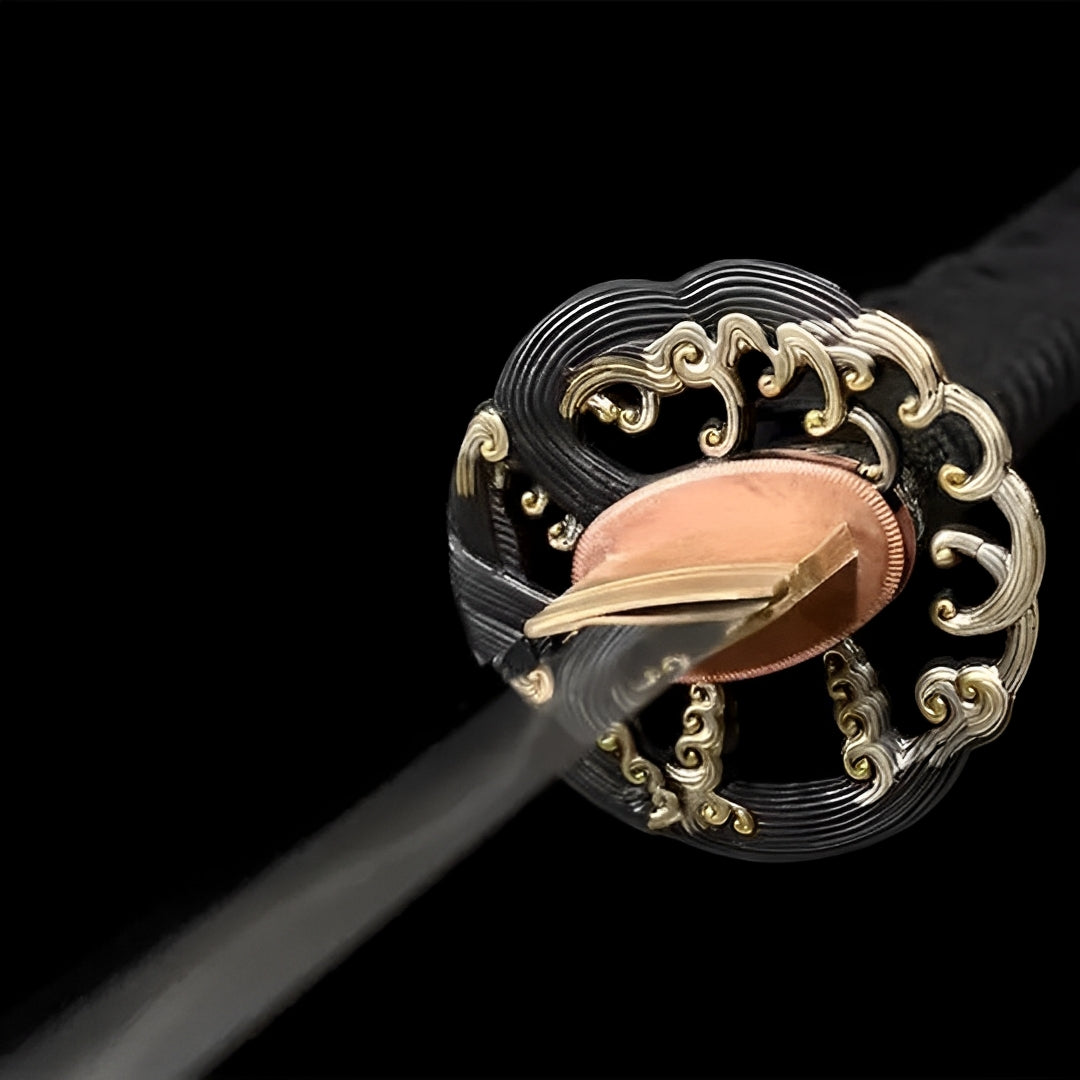
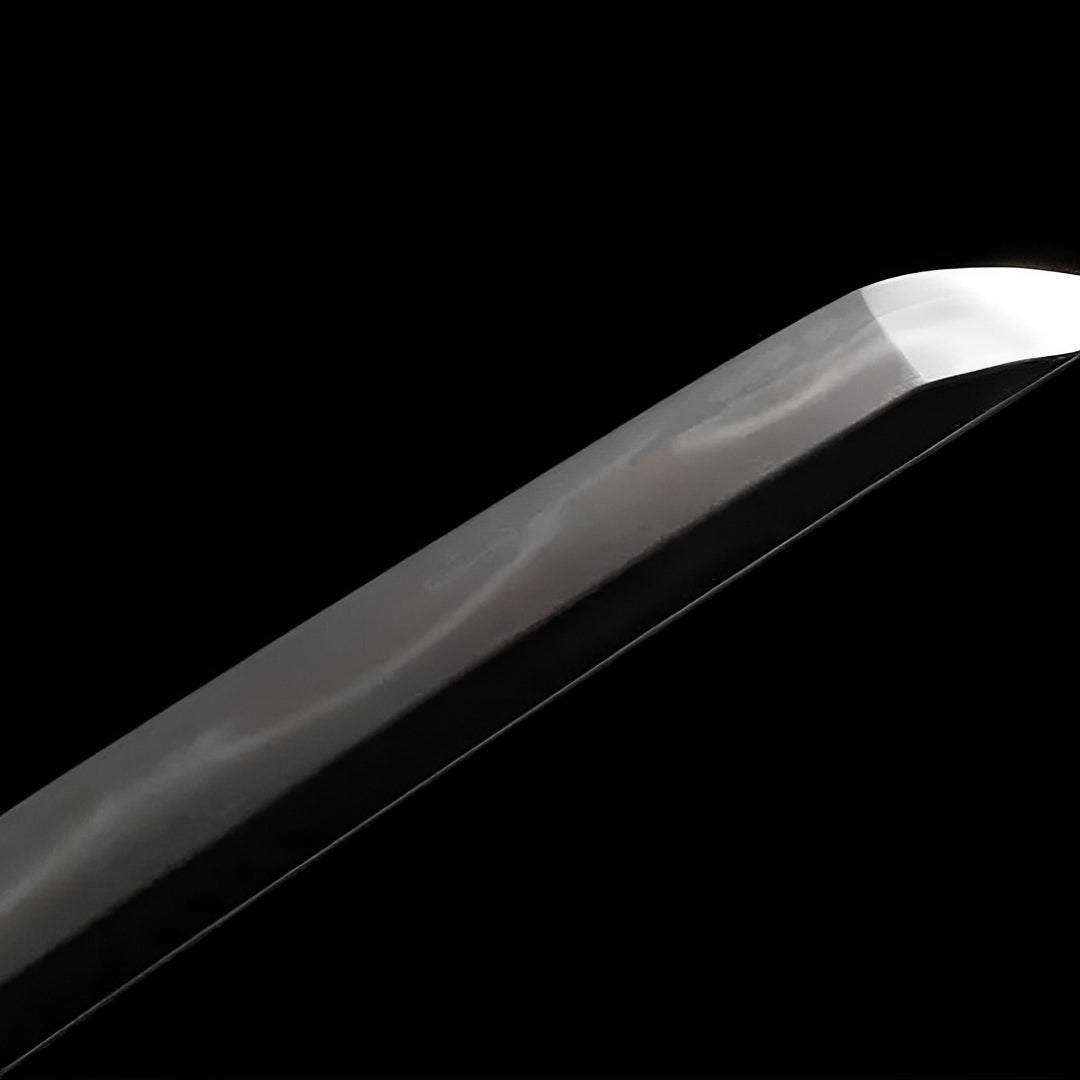
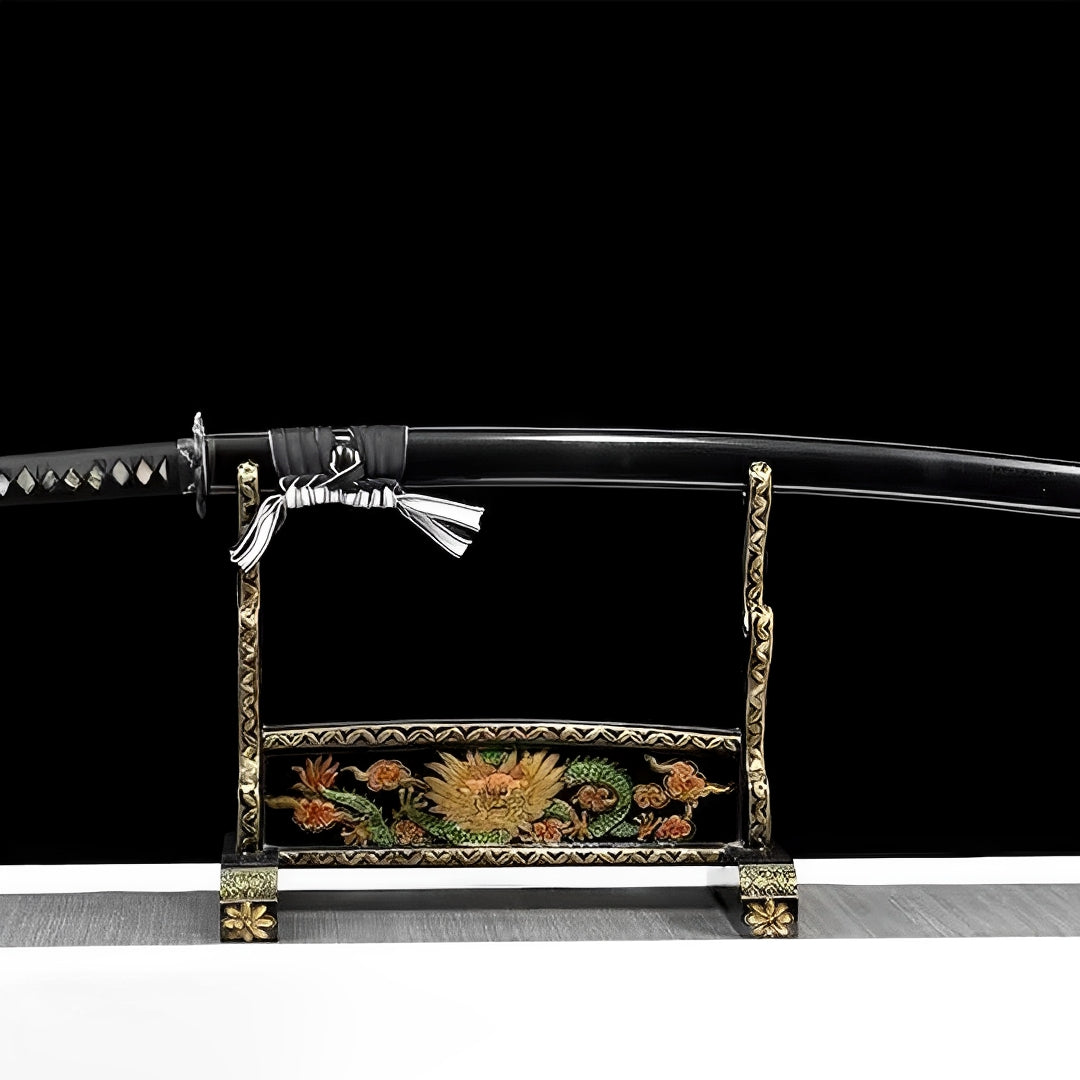
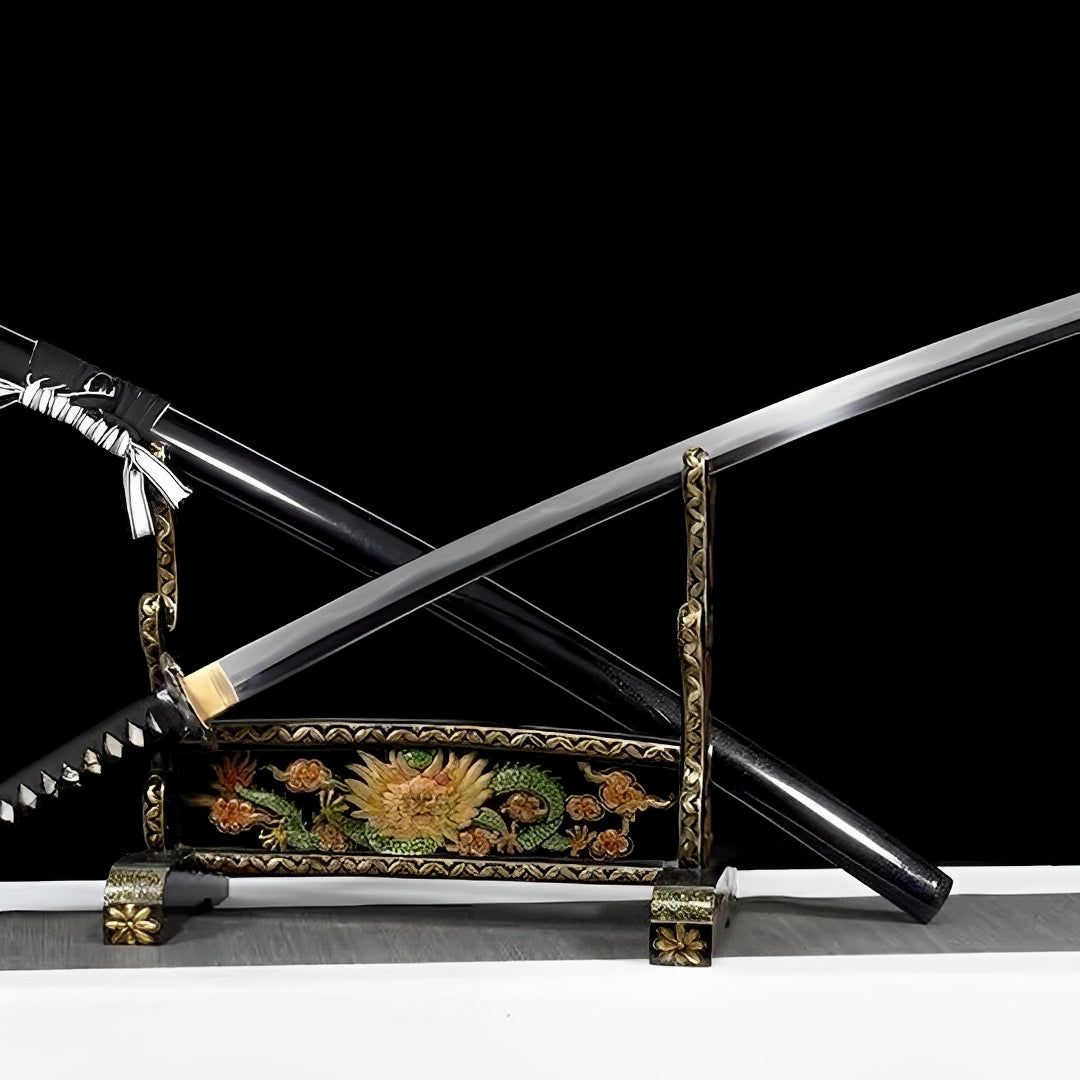
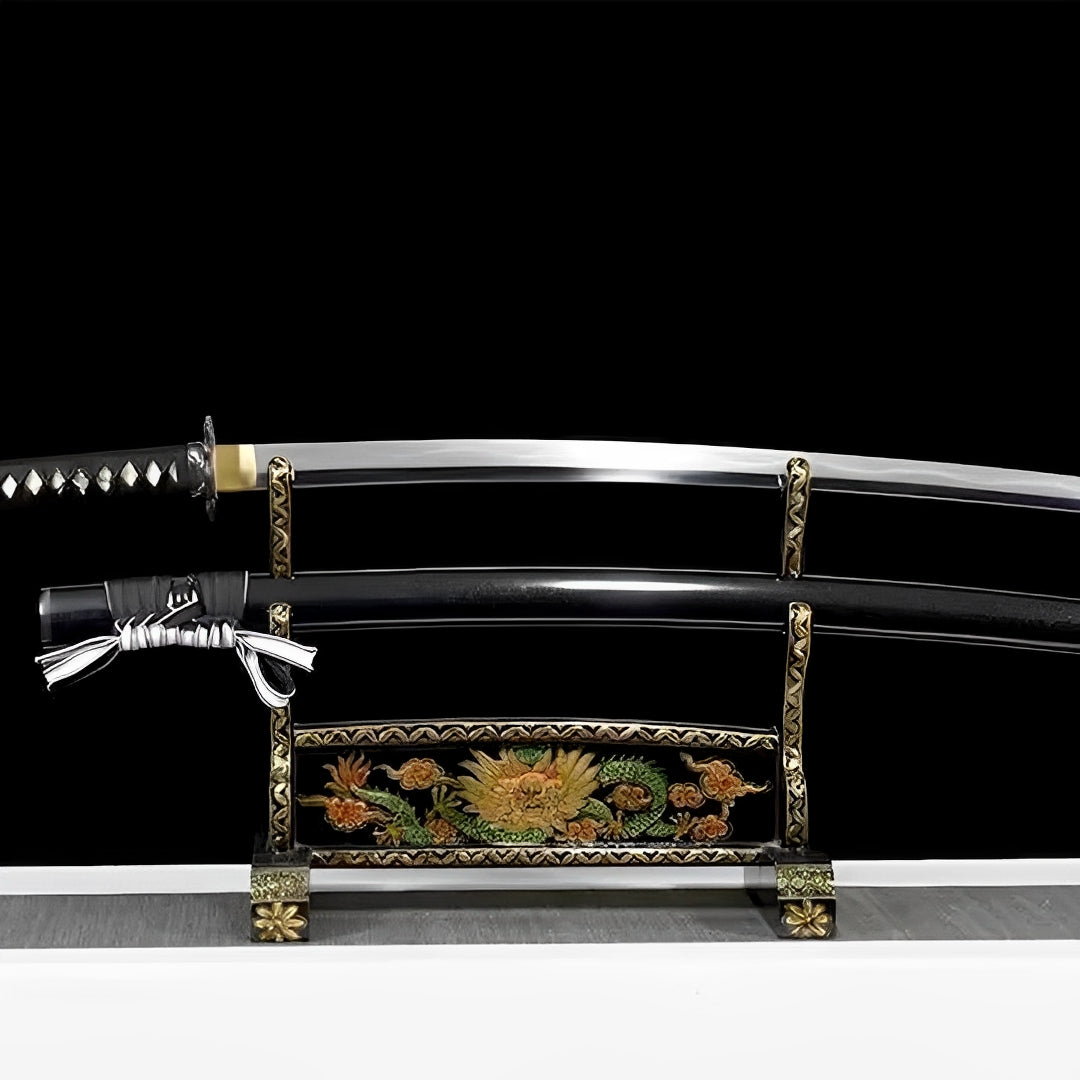
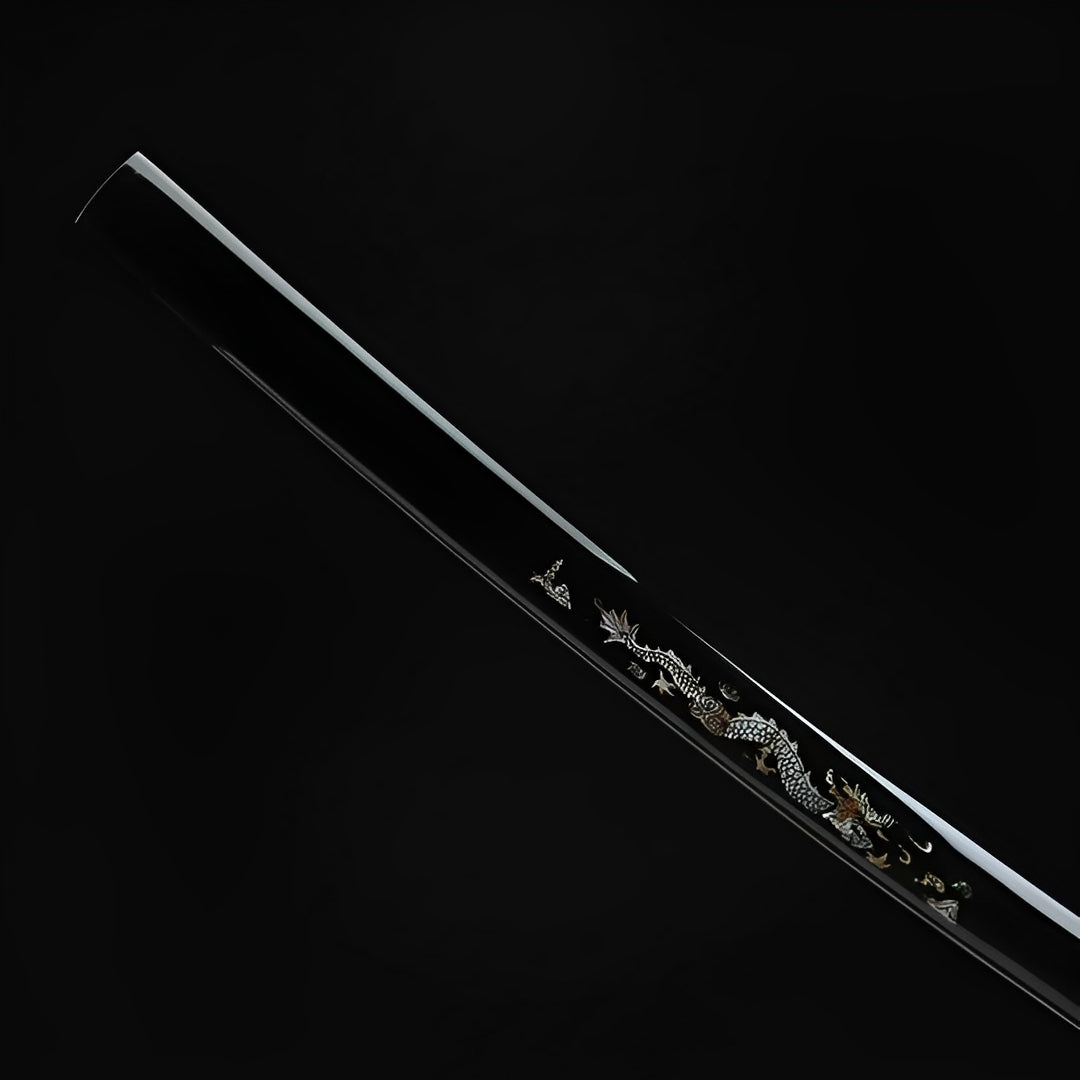
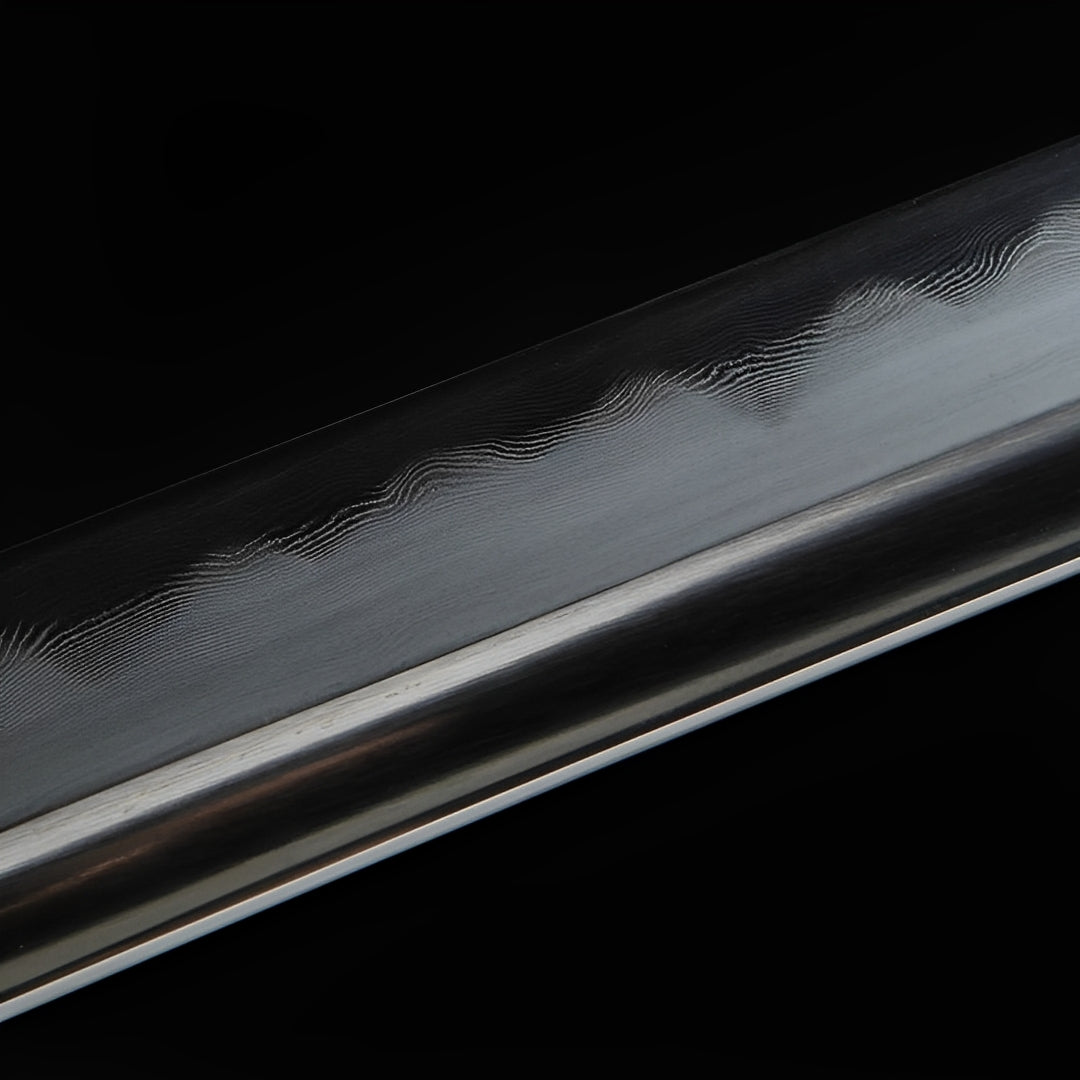
Why choose us
Ships within 48/72h
Forged Blade
Collector Quality
Trusted Globally
Inspired by Japan
Kagekuro Katana (Samai Steel) - 影黒
Popular upgrades
Free Shipping over $250
No Bots, No AI
Refund Guaranteed
Free Shipping over $250
No Bots, No AI
Our team is here to help with any questions or concerns.
We’re always happy to assist you — don’t hesitate to reach out.
Why choose us
Ships within 48/72h
Forged Blade
Collector Quality
Trusted Globally
Inspired by Japan

Kagekuro Katana (Samai Steel) - 影黒
Specifications
- Full tang in the handle
- SHARP blade
- Hand-forged
- Blade material: Sanmai forge — 1095 carbon steel core and edge, wrapped in Damascus steel
- Clay-tempered (selective hardening)
- Hand-polished finish
- Tsuba made of copper, plated with silver and gold
- Habaki material: Copper
- Solid wood tsuka wrapped in genuine ray skin
- Tsuka-ITO made of cotton
- Lacquered solid wood saya
- Koiguchi & Kurigata made of buffalo horn
- Blade type: Shinogi-Zukuri
- Kissaki type: Chu-kissaki
- Total length: 105 cm
- Blade length: 72 cm
- Blade width: 3.2 cm
- Blade thickness: 0.7 cm
- Handle length: 30 cm
-
Included: Katana and its scabbard
Kagekuro Katana - Shadow Engineering Three-Layer Perfection
Master concealment through Kagekuro Katana, blade where shadow becomes structure. This technical sammai steel masterwork refuses surface thinking - three-layer laminated construction creating shadow-black perfection through engineering rather than coating, hard edge steel sandwiched between soft jacket steel producing cutting performance impossible through single-alloy construction, absolute black suggesting shadows hiding truth in plain sight, the entire piece embodying kage (影 shadow) philosophy that greatest power operates unseen, that what remains hidden often matters more than what shows, asking whether you'll join those performing on lit stages demanding constant attention or operate from shadows where real work happens unobserved, where substance matters more than appearance, where engineering excellence speaks quietly to those who understand while remaining invisible to those who don't.
Sammai Three-Layer Engineering
Sammai (三枚合 - "three-piece construction") represents specific sword engineering solution - hard high-carbon edge steel (hagane 鋼) providing cutting performance sandwiched between softer low-carbon jacket steel (jigane 地鋼) providing structural toughness, the three-layer lamination achieving performance balance impossible with single steel type. This laminated engineering blade channels centuries of metallurgical wisdom recognizing that optimal performance requires different properties in different zones: extreme hardness at edge maintaining sharpness, flexibility at spine preventing catastrophic fracture, the challenge being how combining steels with contradictory optimal heat treatments into single functional blade.
Traditional Japanese sword construction specifically developed sophisticated lamination techniques - kobuse (edge steel wrapped in jacket steel), wariha-tetsu (edge steel inserted into jacket steel groove), makuri (edge/core combination), each method serving specific performance goals through controlling which steel receives which stresses. Sammai specifically places hard steel along cutting edge's bottom with softer steel forming blade's sides and spine, the geometry ensuring cutting edge maintains hardness enabling razor sharpness while blade body's softer steel absorbs shock preventing edge steel's brittleness from causing catastrophic failure when striking hard objects.
The engineering logic specifically addresses fundamental metallurgical constraint: steel hardness and toughness exist in inverse relationship - increasing hardness (through higher carbon content and aggressive quenching) decreases toughness making steel brittle, increasing toughness (through lower carbon content and slower cooling) decreases hardness making steel unable maintaining sharp edge. Single-steel blades must compromise, choosing hardness level balancing edge retention against fracture resistance. Sammai construction bypasses that compromise through segregating functions: edge steel optimized purely for hardness because structural support comes from jacket steel optimized for toughness, the function segregation design achieving performance single-material construction cannot match.
Contemporary materials science validates through composite engineering - modern aircraft use different alloys in different structural zones, high-performance car engines use different materials for different components, advanced architecture specifies varied materials optimized for specific load types, the universal principle being that optimal performance requires matching material properties to specific functional requirements rather than forcing single material performing all functions adequately but none optimally. The engineering wisdom blade proves traditional smiths discovered through experimentation what modern science explains through theory: composites beat single materials when performance demands conflict.
Technical collectors specifically appreciate sammai construction's elegance - it solves real engineering problem (hardness-toughness tradeoff) through thoughtful design rather than brute force, the three-layer simplicity achieving what more complex constructions accomplish less efficiently, the solution demonstrating that engineering brilliance often involves recognizing which complexity to embrace versus which to avoid, sammai choosing lamination complexity (difficult forge-welding) over heat treatment complexity (impossible optimization for contradictory requirements in single steel).
Shadow Operative Philosophy
Kage (影 shadow) represents more than absence of light - it embodies entire philosophy about power operating unseen, influence exercised through invisible channels, the understanding that what remains hidden often proves more significant than what displays openly. This shadow power blade channels that concept where greatest strength doesn't announce itself through dramatic appearance but operates quietly, effectively, the black blade suggesting shadow's essential nature: present yet overlooked, influential yet unnoticed, the darkness enabling rather than preventing action for those understanding that shadows aren't obstacles but opportunities for those choosing operating outside spotlights demanding constant performance.
Traditional ninja (shinobi) culture specifically embraced shadow philosophy - operating at night (darkness as ally), gathering intelligence invisibly (information as weapon), achieving goals through indirect methods (avoiding direct confrontation), the entire approach recognizing that power needn't be visible to be real, that influence exercised quietly often proves more effective than force applied overtly, that choosing when to be seen versus unseen demonstrates strategic sophistication brute force approaches lack. The strategic invisibility weapon therefore represents specific tactical philosophy where concealment serves purpose rather than cowardice, where choosing shadows demonstrates wisdom rather than weakness.
Jungian psychology specifically theorizes "shadow self" - the unconscious aspects we reject or hide yet which significantly influence behavior, the psychological shadow containing both repressed negative qualities and unrealized positive potentials, integration of shadow being crucial for wholeness yet requiring acknowledging what we'd prefer remaining hidden. The psychological integration blade channels that concept where shadows aren't enemies requiring elimination but aspects requiring recognition, the black blade suggesting that wholeness demands embracing what remains hidden, that denying shadow's existence empowers it while acknowledging shadow enables conscious choice about which hidden aspects to express versus suppress.
Contemporary espionage and intelligence work specifically validates shadow philosophy - modern "gray zone" conflicts operate below visibility thresholds triggering military responses, cyber operations achieve strategic goals through invisible attacks, information operations influence through unattributable sources, the entire domain proving that 21st-century power increasingly operates in shadows where attribution proves difficult and plausible deniability enables actions open warfare would prevent. The modern shadow warfare blade represents that evolution where traditional combat's visible violence yields to invisible operations achieving identical strategic goals through different means.
Absolute Black Totality
The complete monochrome black aesthetic creates visual void absorbing rather than reflecting light, the darkness suggesting mysteries concealed rather than revealed, the absence of color or accent preventing eyes finding comfortable resting places, forcing viewers either engaging deeply with form itself or dismissing entirely as "just black sword." This light-absorbing blade specifically refuses easy consumption, the uncompromising darkness demanding either serious engagement or complete dismissal, no comfortable middle ground where casual appreciation suffices, the aesthetic itself filtering audience into those willing penetrating surface appearances versus those satisfied remaining on surfaces.
Unlike #17 Full Black's luxury sophistication or #34 Sekiro's void philosophy or #41 Shirokuro's duality contrast, this black specifically suggests SHADOW - not void's emptiness, not luxury's restraint, not duality's boundary, but shadow's specific quality of being present-yet-hidden, substantial-yet-invisible, influential-yet-unnoticed. That conceptual specificity prevents this becoming generic "another black sword" - the black serves precise philosophical function communicating shadow's nature through visual means, the color choice emerging from concept rather than concept retrofitted onto color preference.
Traditional Japanese aesthetics celebrated darkness through concepts like yūgen (幽玄 profound mystery) - beauty existing in what remains unseen or partially revealed, the shadows between objects creating meaning equal to objects themselves, the darkness enabling imagination filling voids with possibilities explicit lighting would eliminate. The mystery generation blade channels that tradition where absence creates presence, where what remains hidden invites engagement impossible when everything displays openly, where shadows paradoxically reveal by concealing, forcing active interpretation rather than passive consumption.
The total commitment to black specifically prevents hedging - no accent colors providing visual relief, no gradients softening intensity, no compromises permitting comfortable distance, only absolute darkness forcing engagement on its own terms. That design confidence separates pieces committed to unified vision from those assembled from incompatible elements hoping they'll somehow work together, the uncompromising aesthetic sword proving that sometimes greatest sophistication involves refusing compromise, that serving two masters produces mediocrity while serving single vision produces excellence.
Engineering Over Decoration
The minimal ornamentation specifically lets sammai construction's engineering excellence speak for itself - no elaborate tsuba distracting from blade geometry, no colorful wrapping competing with steel's clean lines, no excessive fittings suggesting insecurity about whether blade suffices without decoration compensating for metallurgical mediocrity. This function-first blade embodies engineering philosophy that excellent work requires no cosmetic enhancement, that proper construction produces inherent beauty, that adding decoration to genuinely well-engineered piece proves unnecessary at best and insulting at worst by suggesting steel alone doesn't deserve respect.
Traditional Japanese sword aesthetic specifically evolved toward restraint as metallurgy improved - early swords featured elaborate decoration compensating for metallurgical limitations, later swords by master smiths displayed increasing simplicity as blade quality itself became sufficient attraction, the aesthetic evolution paralleling technical evolution where decoration inversely correlated with genuine quality, the finest pieces announcing themselves through steel's excellence rather than furniture's elaboration. The confident simplicity weapon continues that tradition where restraint signals confidence in underlying quality rather than attempting hiding mediocrity beneath busy decoration distracting from steel that wouldn't withstand careful examination.
Contemporary design philosophy specifically celebrates "honest materials" - letting wood show grain rather than painting it, exposing steel structures rather than hiding them, allowing concrete developing patina rather than coating it, the approach demonstrating respect for materials' inherent qualities rather than imposing human preferences contradicting materials' nature. The black blade particularly embodies that philosophy: the sammai construction's excellence requires no chromatic enhancement, the three-layer engineering speaks for itself to those understanding metallurgy, the minimal aesthetic announces confidence that informed observers will appreciate quality while casual observers' opinions matter less than informed connoisseurs' recognition.
The anti-decoration stance specifically positions this against maximalist approaches piling on features hoping quantity compensates for quality deficiencies, the restraint demonstrating that less proves more when "less" means eliminating everything except what actually matters, that addition through subtraction applies when removing distractions focuses attention on genuine excellence, that sometimes greatest respect for craftsmanship involves stepping back letting work speak for itself without decorator's interference attempting improving what already achieves excellence through pure function.
Shadow Collector Sophistication
This connoisseur silence piece serves collectors who've progressed beyond needing swords announcing themselves overtly, who've developed confidence in their own judgment no longer requiring external validation, who've learned that greatest pieces often whisper rather than shout, who understand that sophistication involves knowing when restraint proves more powerful than excess. The shadow philosophy applies to collecting itself: operating quietly rather than displaying ostentatiously, accumulating knowledge invisibly rather than performing expertise publicly, the mature collector resembling shadow operative achieving goals without announcing every acquisition, every insight, every development in collecting journey.
Traditional Japanese collecting aesthetics specifically valued restraint - understatement over excess, suggestion over explicit statement, the confidence that truly valuable pieces need no justification, that explaining worth to those who don't see it proves futile while those who do see it require no explanation. The implicit excellence blade embodies that philosophy where quality announces itself to those who know while remaining invisible to those who don't, the filtering mechanism ensuring piece finds appropriate audience rather than attempting serving everyone through compromising specific vision.
Museum contexts specifically appreciate pieces demonstrating engineering innovation - the sammai construction represents genuine technical achievement worthy explanation and display, the three-layer lamination providing educational opportunity teaching about how traditional craftsmen solved engineering challenges through thoughtful design, the blade becoming teaching tool about materials science principles that modern engineering students study in different contexts but which traditional smiths discovered through experimentation. The pedagogical engineering sword therefore serves dual functions: display piece and educational resource.
Investment considerations particularly favor technically innovative pieces demonstrating genuine engineering sophistication - while decorative swords' values fluctuate with aesthetic trends, technically superior construction maintains value among collectors who appreciate engineering regardless of whether specific aesthetic remains fashionable. The sammai construction specifically ensures lasting relevance: it solved real problem through elegant solution, the engineering principle remains valid regardless of changing decorative preferences, the piece maintaining interest among serious collectors who prioritize substance over style while acknowledging style should enhance substance rather than compensating for its absence.
The mature shadow collector blade particularly appeals to those who've learned that best collections often remain partially private, that displaying every acquisition proves unnecessary, that some pieces serve personal satisfaction rather than public recognition, that operating from shadows where genuine appreciation happens proves more satisfying than performing in spotlights where casual observers' superficial opinions drown out connoisseurs' informed recognition. The shadow philosophy extends beyond blade to collecting practice: knowing when to show versus conceal, understanding that privacy enables focus impossible under constant external judgment, recognizing that greatest satisfaction comes from personal growth rather than public validation.
Care Instructions: Maintain this shadow engineering blade understanding sammai construction requires specific protocols. The three-layer structure means differential responses to temperature changes - ensure climate control preventing stress at lamination boundaries where different steels expand/contract at different rates. Apply protective oil after any handling - the high-carbon edge steel WILL rust without protection despite softer jacket steel showing more corrosion resistance, the lamination enabling edge steel maintaining optimal hardness precisely because it wasn't compromised for corrosion resistance. Inspect regularly for separation at lamination boundaries - though properly forge-welded sammai should remain bonded indefinitely under normal use, temperature extremes or physical impacts can stress bonds, early detection preventing minor separation becoming catastrophic delamination. The black finish requires protection from abrasion - unlike colored or natural finishes showing wear gradually, absolute black shows scratches dramatically as lighter steel beneath reveals through damaged coating. Handle knowing this embodies engineering philosophy that optimal performance requires matching materials to specific functions, that compromising everything to serve all purposes produces mediocrity while segregating functions enables excellence in each domain, that sophistication often involves recognizing which complexity to embrace versus which to avoid. Display where it prompts reflection about your own shadow - the aspects you hide yet which significantly influence behavior, the potentials you've repressed yet which await acknowledgment, the understanding that wholeness requires integrating rather than denying shadow, that operating from shadows demonstrates strategic sophistication rather than cowardice. The blade teaches: power needn't be visible to be real, influence exercised quietly often proves more effective than force applied overtly, choosing when to be seen versus unseen demonstrates wisdom, the shadows contain opportunities for those brave enough operating outside spotlights demanding constant performance, the greatest work often happens where nobody's watching yet which enables everything visible observers see.
Three layers. Shadow black. Engineering whispers where decoration shouts. Excellence operates unseen.
Legal Disclaimer
By purchasing from Katana Corp, you acknowledge and agree that:
- You are at least 18 years of age (or the age of majority in your jurisdiction).
- You are solely responsible for verifying and complying with all local laws and import regulations before placing an order.
- Some countries prohibit the importation of swords entirely. Katana Corp is not responsible for orders delayed, seized, or refused by customs authorities.
- All katanas and related products are sold strictly as decorative and display items. They are not intended or certified for combat use.
- Depending on the jurisdiction, swords may legally be considered bladed weapons, subject to specific restrictions or prohibitions.
- Katana Corp disclaims all liability for any injury, damage, or legal consequences resulting from misuse, abuse, or unlawful use of its products.
For full details, please refer to our Terms of Service.
Care & Maintenance
To maintain your katana's appearance and performance over time, we recommend:
- Regularly wiping the blade with a soft cloth to remove fingerprints and moisture.
- Applying a light coat of choji oil to prevent rust (for carbon steel blades).
- Storing the sword in a dry place, preferably inside its saya.
- Avoiding direct contact with hard surfaces to preserve sharpness and finish.
For more care tips, check our full maintenance guide in the FAQ section.
Behind the Blade
Every katana we offer carries the essence of centuries-old craftsmanship.
More than just a weapon, the katana symbolizes discipline, honor, and mastery.
Our artisans draw inspiration from traditional forging methods to ensure each blade reflects the spirit of the samurai — strength, precision, and soul.
Owning one is not just about aesthetics — it’s about carrying a piece of that legacy.
User Experience
This katana is designed to offer a perfect balance between blade and handle.
Its ergonomic tsuka (handle) allows a secure two-handed grip, while the weight distribution ensures smooth, fluid movement.
Whether for training, display or cutting practice, handling feels natural and precise.
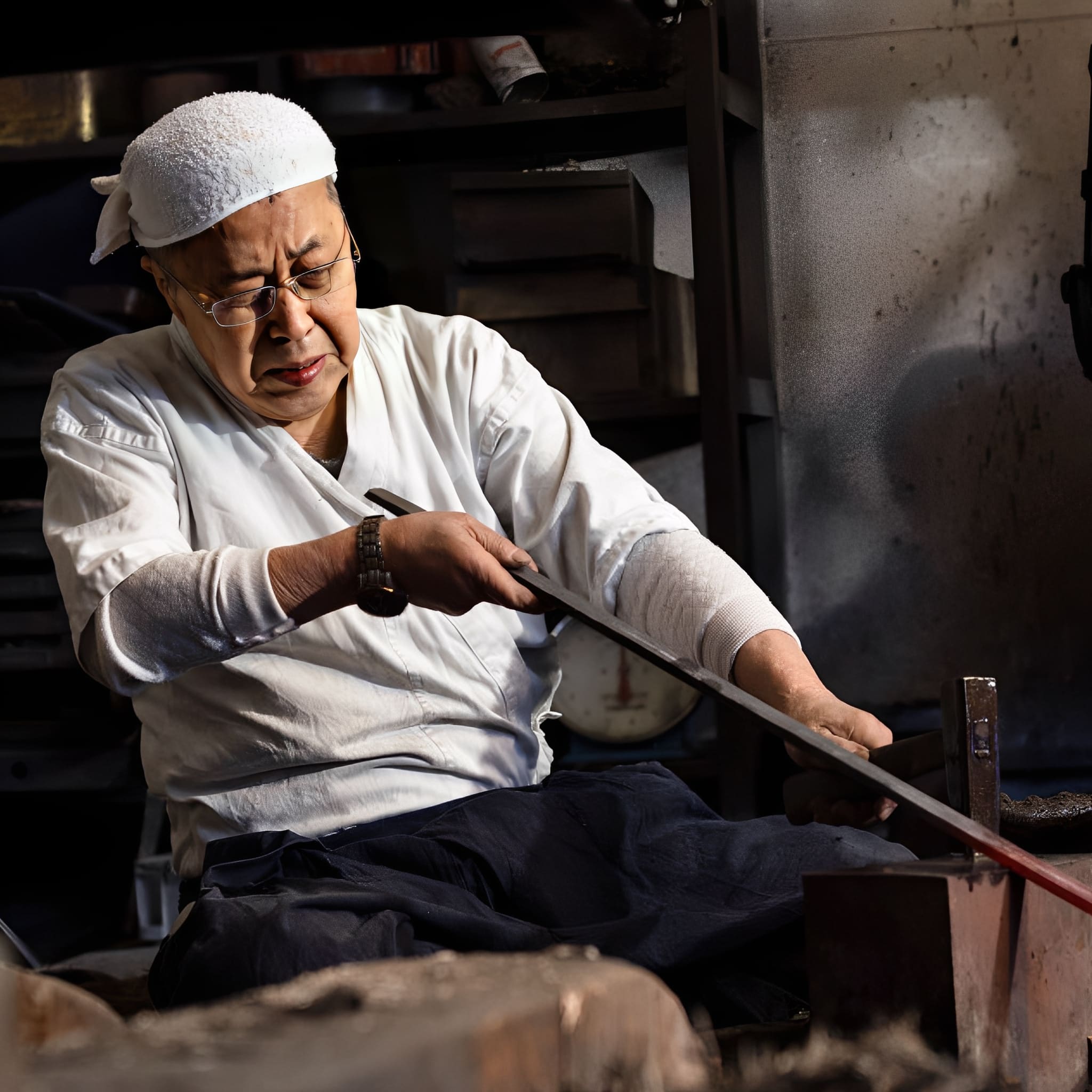
The Art of Traditional Forging
Each katana we craft is born from centuries of samurai tradition.
Our master smiths shape every blade by hand, folding the steel to achieve unmatched strength, flexibility, and beauty.
This time-honored process is not just about creating a weapon? it’s about preserving a legacy of discipline, honor, and artistry.
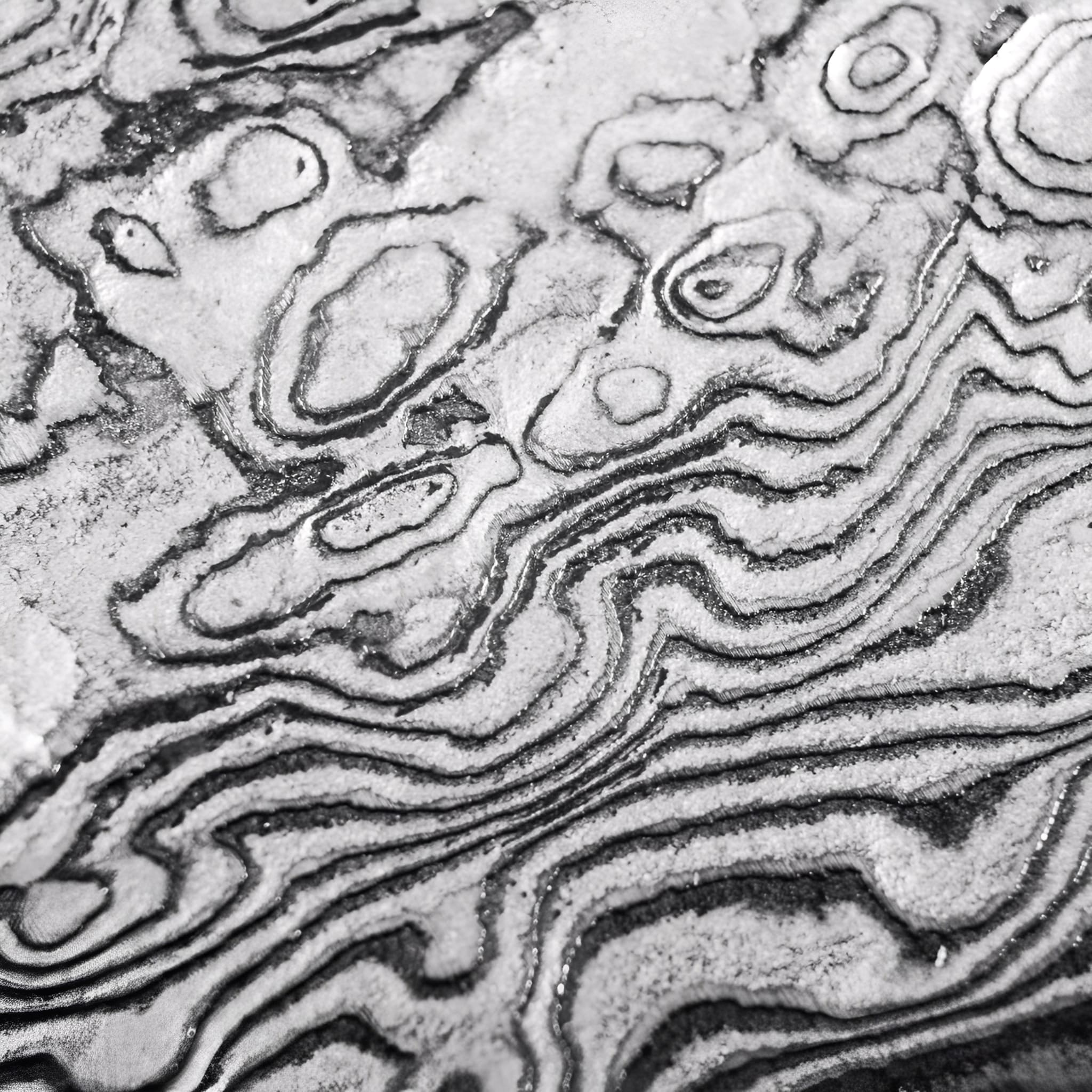
Materials Chosen Without Compromise
We select only the highest-grade steels and authentic fittings to ensure every katana is both a masterpiece and a reliable companion.
From the flawless hamon line to the perfectly balanced tang, each detail is carefully inspected to meet the highest standards of performance and aesthetics.
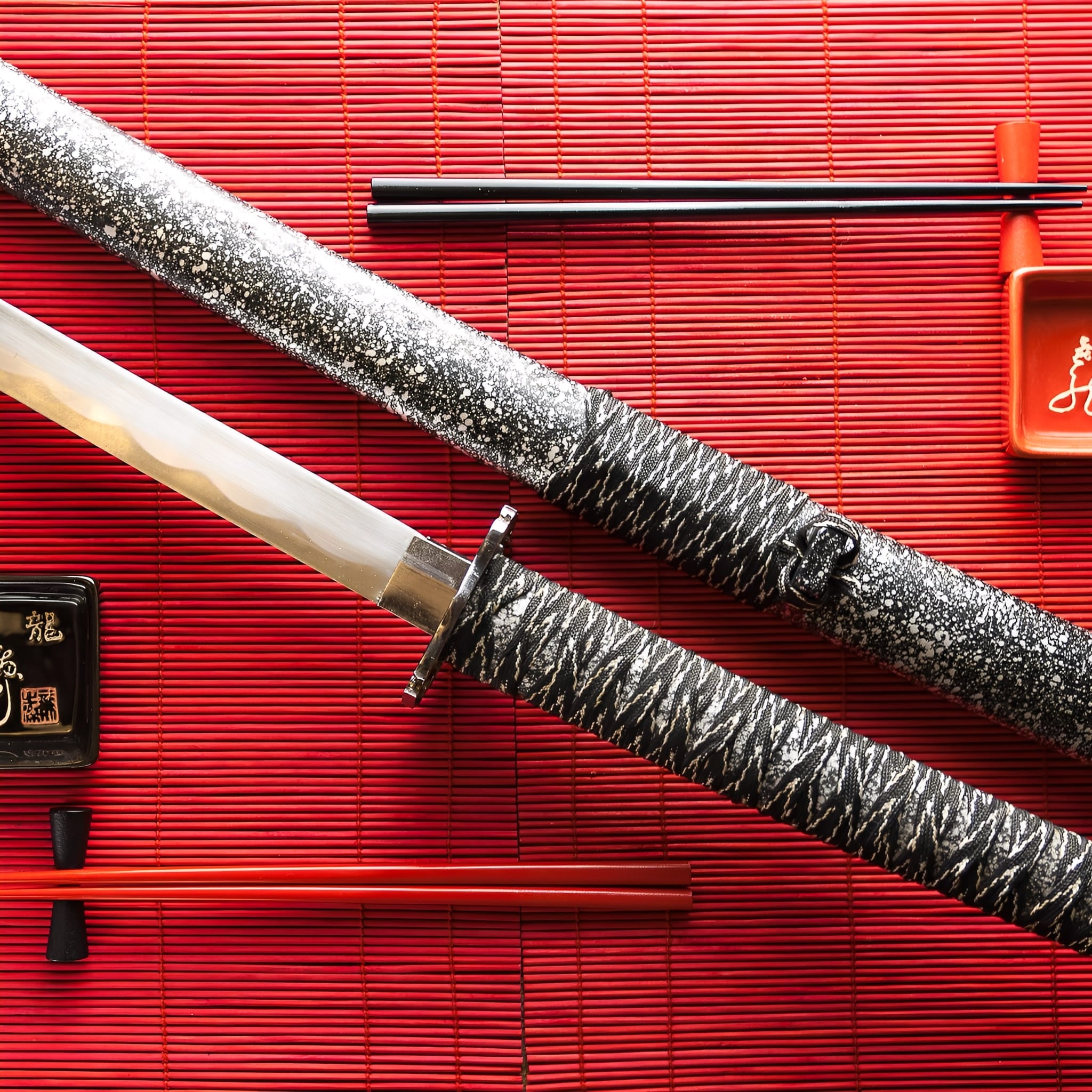
More Than a Sword, A Lifelong Legacy
Owning a handmade katana is an experience that goes beyond the blade itself. It’s holding history, tradition, and craftsmanship in your hands.
Whether displayed as a work of art or wielded with precision, your katana will stand as a symbol of timeless skill and dedication for generations to come.
-
Key Destinations
United States: 5–7 days
Canada: 5–7 days
Australia: 6–9 days
Denmark: 4–6 days
Netherlands: 3–5 days
Sweden: 4–6 days
Switzerland: 3–5 days
Finland: 5–7 days
Singapore: 6–8 days -
Central European Partners
France: 2–3 days
Germany: 3–5 days
Spain: 4–6 days
Italy: 4–6 days
Belgium: 3–5 days
Austria: 4–6 days
Ireland: 4–6 days
Poland: 4–6 days
Portugal: 4–6 days -
Extended EU Network
Czechia: 4–6 days
Hungary: 4–6 days
Slovakia: 4–6 days
Slovenia: 5–7 days
Romania: 5–7 days
Bulgaria: 5–7 days
Croatia: 5–7 days
Serbia: 5–7 days
Estonia: 5–7 days
Latvia: 5–7 days
Lithuania: 5–7 days
Luxembourg: 3–5 days
Greece: 5–8 days -
FAQ’s
Visit our FAQs page to find answers to common questions.